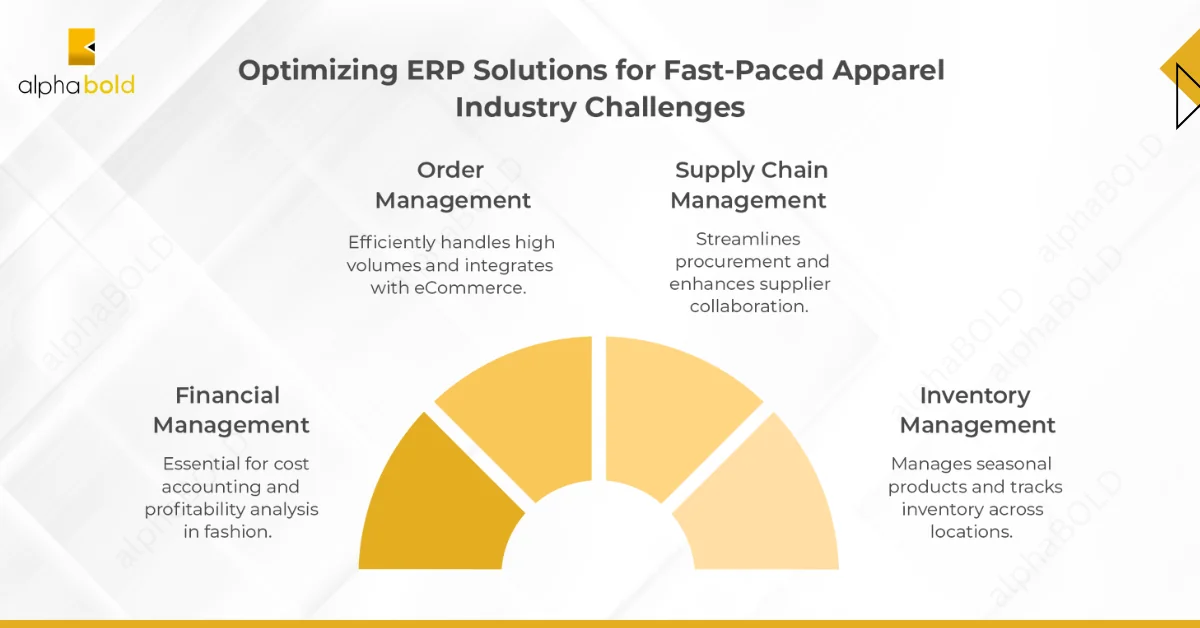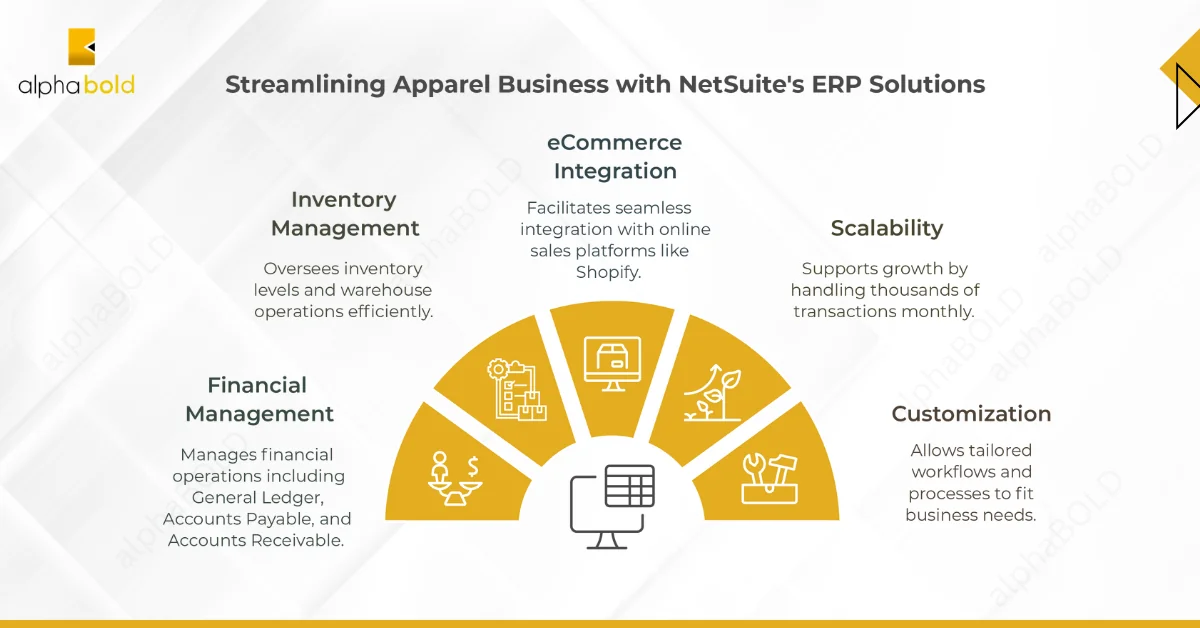ERP Solutions for the Apparel and Accessories Industry

Home » Blog » Supply Chain and Inventory Management » ERP Solutions for the Apparel and Accessories Industry


Since my days at Oracle in the 90s, I have witnessed many large apparel and accessories designers, manufacturers, and retailers adopt apparel ERP software and other enterprise solutions. Given the ERP apparel industry’s trillion-dollar market size and vast global supply chain presence, mainstream software vendors cannot overlook its unique needs. I have seen many vendors develop tailored solutions or configurable platforms to meet the specific requirements of companies operating in this space.
Rapid fashion cycles, complex supply chains, and intense competition characterize the apparel and accessories industry. From my experience, I know that apparel ERP software must include specialized functionalities to manage these challenges effectively.

Further Read: 10 Signs Your NetSuite ERP Needs Optimization Now
Discover how apparel ERP software can streamline operations, enhance inventory control, and improve supply chain efficiency.
Request a ConsultationBeyond these core needs, I have found that apparel companies may also require apparel business systems with product lifecycle management (PLM) functionalities to manage designs, materials, and production processes. Additionally, retailer data trend analysis and demand forecasting help optimize stock levels and production planning, ensuring efficiency across the supply chain. Compliance and sustainability tracking are also essential to meet industry and environmental regulations, supporting responsible business practices.

One of my most memorable apparel ERP software implementations was for a major clothing brand in Downtown Los Angeles. Their business model involved multiple sales channels, including company-owned stores, an eCommerce website, department stores, and online marketplaces.
Due to their high-priced items, they operated with relatively small order and inventory volumes, aside from periodic large-scale promotions. With overseas manufacturing and direct shipments to regional warehouses, I knew efficient distribution to retail locations was critical.
Their operations also required complex multi-currency management for international transactions, strict inventory control for exclusive SMU (Special Make-Up) products developed through brand partnerships, and seamless coordination of heavy marketing investments across multiple agencies. Implementing a robust apparel management software solution was essential to streamline these complexities and drive operational efficiency.
After a year-long evaluation, I helped guide the company in selecting NetSuite as its ERP solution for its robust financial management capabilities, including General Ledger (GL), Accounts Payable (AP), and Accounts Receivable (AR). The system’s intuitive inventory and warehouse management made it easy to configure and maintain, while pre-built connectors for platforms like Shopify streamlined eCommerce integration.
NetSuite’s scalability efficiently handled thousands of monthly transactions, and its flexible supply allocation engine ensured optimal demand-supply matching. Additionally, its highly customizable UI and workflows allowed the company to refine processes without conforming to rigid ERP structures, seamlessly integrating custom records and workflows into existing transaction flows.
Further Read: Top ERP Trends in 2025
By addressing these needs, I have seen how apparel ERP software can help apparel and accessories businesses improve efficiency, reduce costs, enhance customer satisfaction, and gain a competitive edge. However, the total cost of ownership must be carefully considered. Many apparel and accessories businesses operate on thin profit margins and are highly sensitive to consumer trends and economic fluctuations.
As technology and industry business models continue to evolve, I believe companies must stay agile and adopt the right digital transformation strategies at the right time. Embracing technological advancements while managing costs effectively will be key to long-term success in the ever-changing fashion landscape.


